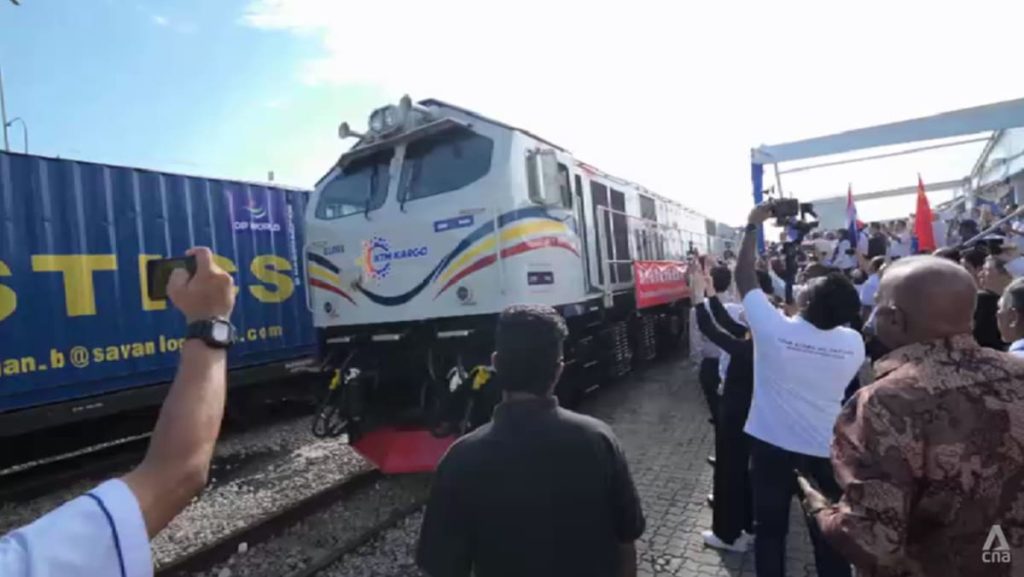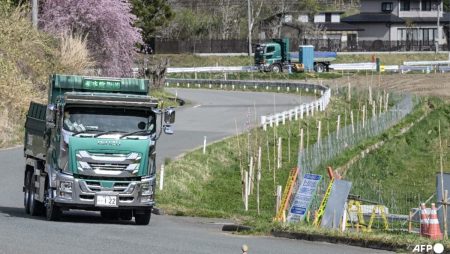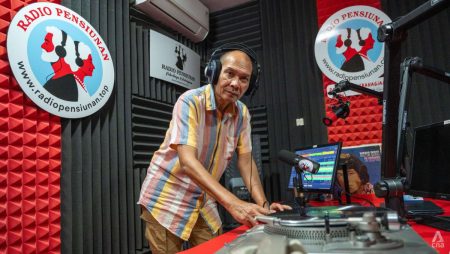Southeast Asia’s potential for economic dynamism hinges on the region’s ability to transcend internal competition and embrace collaborative strategies that leverage the unique strengths of each member state. While individual nations have pursued ambitious infrastructure projects aimed at enhancing connectivity and facilitating trade, the true potential of these initiatives can only be realized through a concerted effort towards regional integration. Thailand’s commitment to expanding its rail network and developing a land bridge connecting the Andaman Sea and the Thai Gulf exemplifies this aspiration, aiming to alleviate congestion in the Malacca Straits and create a more efficient international trade route. However, the success of such endeavors depends on addressing crucial factors such as seamless operation and affordability, as highlighted by industry experts. Without these considerations, the economic viability and attractiveness of these projects may be compromised.
The call for greater synergy among ASEAN nations underscores the need to shift from a mindset of competition to one of cooperation. While individual countries vie for foreign direct investment and trade opportunities, the collective strength of the region lies in its ability to present a unified and complementary economic front. By capitalizing on the distinct advantages each nation possesses, ASEAN can unlock a greater potential for growth and prosperity. This necessitates a paradigm shift, moving away from inward-looking policies towards a collaborative approach that prioritizes regional economic integration. Such a transition requires not only infrastructural development but also the harmonization of regulations, streamlining of customs procedures, and the fostering of a business-friendly environment that encourages cross-border investment and trade.
The concept of tapping each other’s strengths within ASEAN necessitates a nuanced understanding of the diverse economic landscapes within the region. While some countries boast robust manufacturing sectors, others excel in agricultural production or tourism. By fostering complementarity and encouraging specialization, ASEAN can create a more resilient and interconnected economic ecosystem. This approach not only minimizes duplication of efforts but also maximizes the overall value proposition of the region. For example, countries with advanced manufacturing capabilities can benefit from partnering with nations rich in natural resources, creating a mutually beneficial exchange that strengthens both economies. Similarly, tourism-focused countries can collaborate on joint marketing campaigns and streamline visa processes to attract a larger share of global tourism revenue.
The pursuit of seamless connectivity goes beyond physical infrastructure. It requires the development of efficient logistics networks, standardized customs procedures, and the harmonization of regulations across borders. This facilitates the smooth flow of goods and services, reducing transaction costs and enhancing the competitiveness of ASEAN businesses in the global market. Digital connectivity also plays a crucial role in this integration process, enabling businesses to access information, connect with partners, and conduct transactions efficiently. Investing in digital infrastructure and promoting digital literacy are essential steps towards realizing the full potential of regional economic integration.
Affordability is a critical factor in determining the success of regional connectivity initiatives. Infrastructure projects must be designed and implemented in a cost-effective manner to ensure that the benefits are accessible to businesses of all sizes. This includes not only the construction costs but also the ongoing operational expenses associated with maintaining and managing these projects. Transparent and competitive bidding processes, efficient project management, and innovative financing mechanisms are essential for achieving affordability. Furthermore, ensuring that the benefits of these projects are distributed equitably across the region is crucial for fostering inclusive and sustainable economic growth.
In conclusion, the future of Southeast Asia’s economic prosperity hinges on the region’s ability to embrace a collaborative approach that leverages the individual strengths of its member states. While infrastructure development plays a vital role in enhancing connectivity, it must be complemented by a focus on seamless operation and affordability. By transitioning from a mindset of competition to one of cooperation, ASEAN can unlock its full economic potential and emerge as a major force in the global economy. This requires a concerted effort towards harmonizing regulations, streamlining customs procedures, and fostering a business-friendly environment that encourages cross-border investment and trade. Ultimately, the success of regional integration will depend on the commitment of individual nations to prioritize collective prosperity over narrow national interests.










